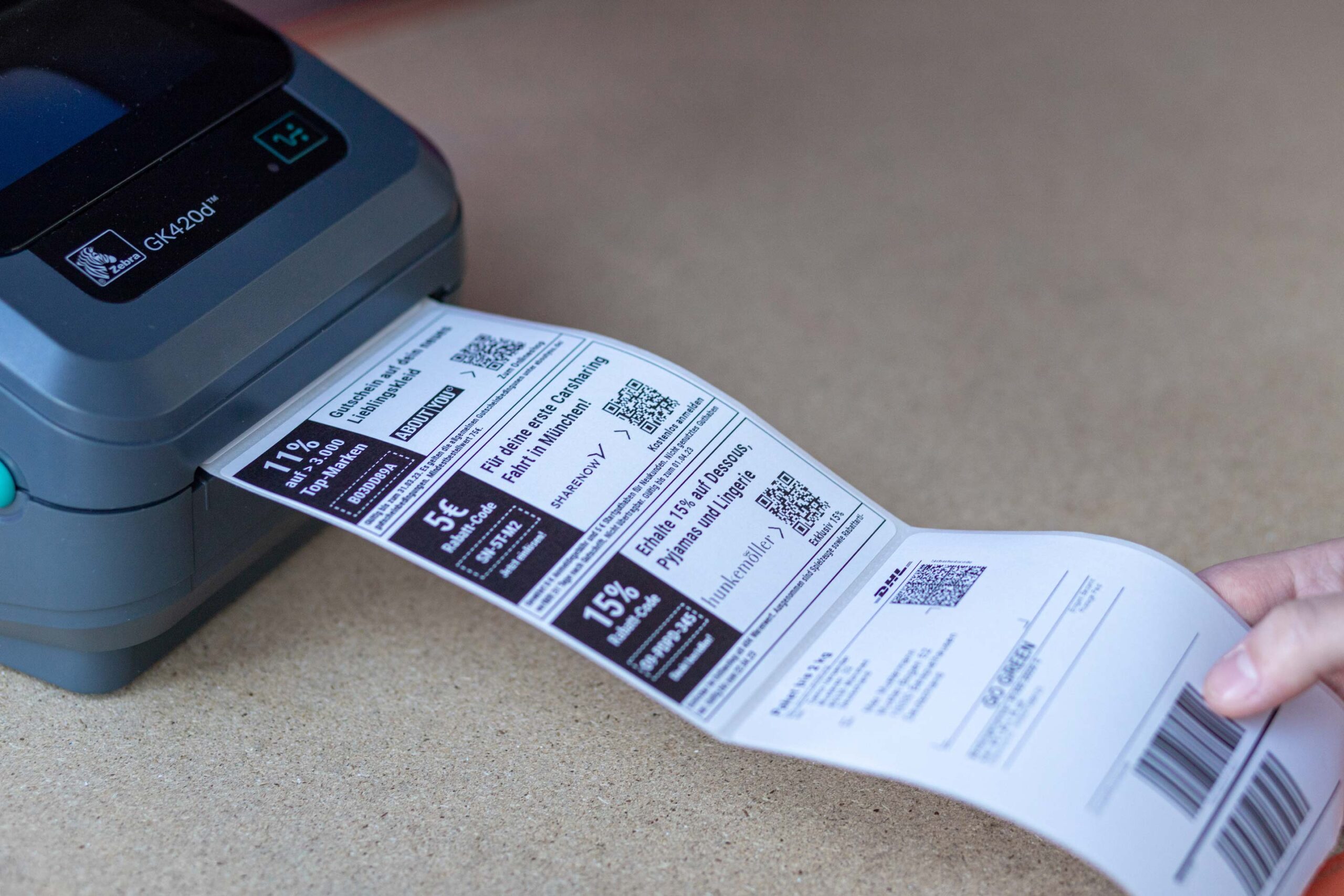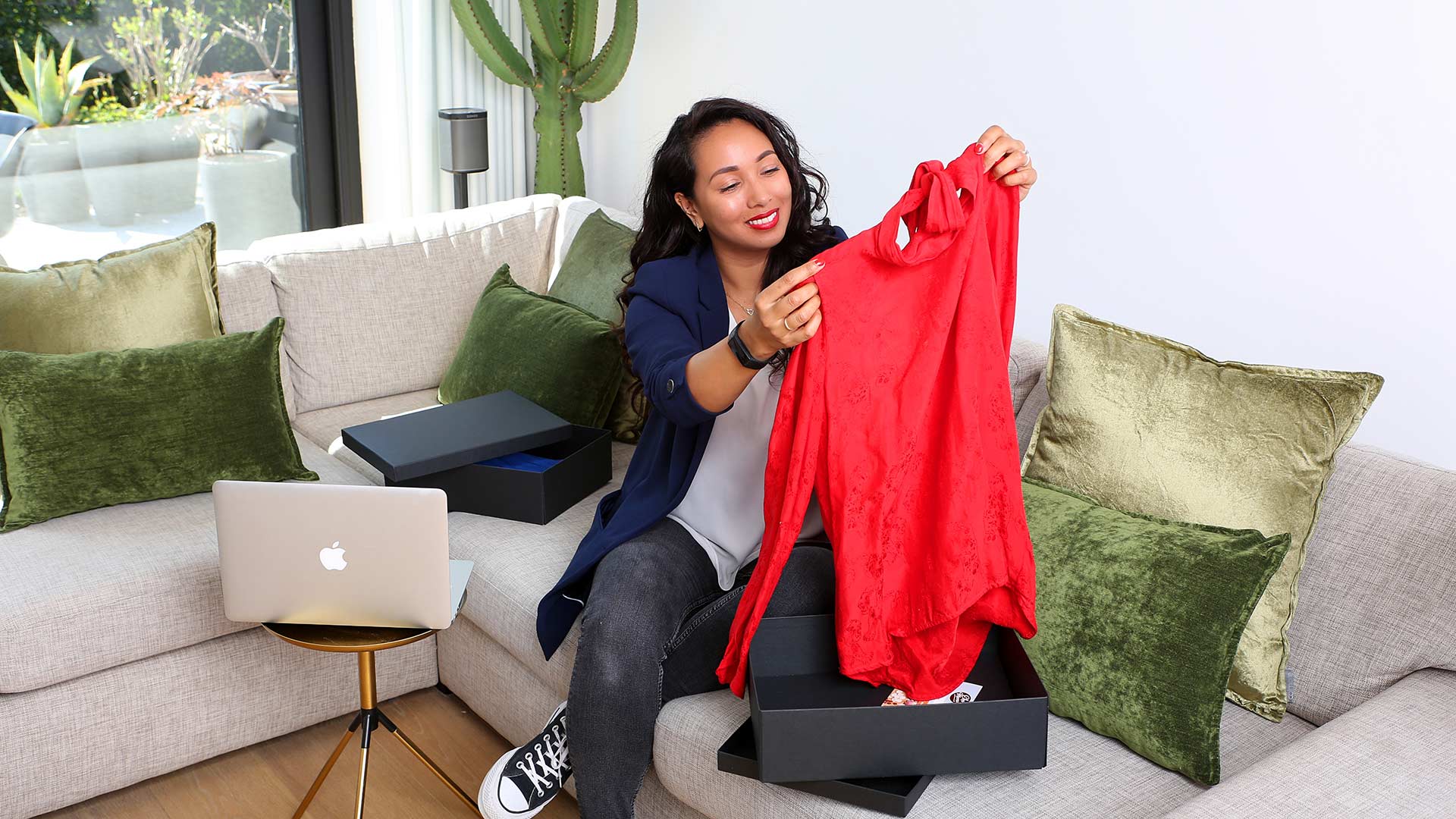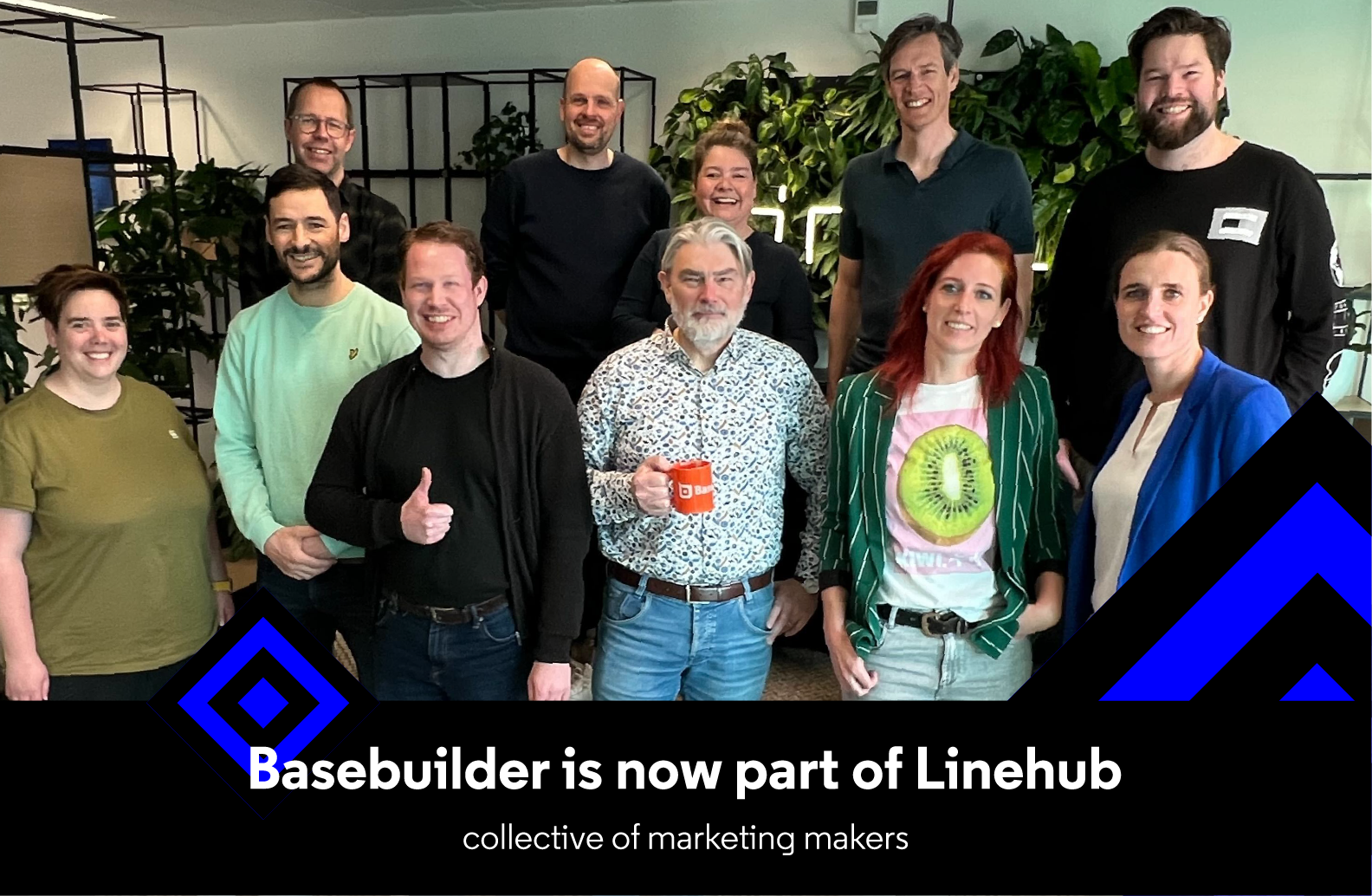Blog
Setting up a successful Google Shopping campaign [tips & tricks]



Vincent Weening
Head of Retail, Daisycon (part of Linehub)
Last Updated
July 19, 2021
In our previous Google CSS article we shared insights about the benefits of additional Google Shopping promotion with CSS partners via our affiliate network. In this article we will focus on the collaboration with a Google CSS partner and share helpful tips to optimize your performance based Google Shopping campaigns.
Getting started on Google Shopping is easily done. But getting your campaign set up properly requieres some extra context and knowledge, which I happily provide in the form of some practical tips in this blog. Learn all about the requirements of your campaign, CSS bidding and how to analyze and optimize your efforts.
The product feed
Let’s start with the product feed. Google states that “a product feed enriched with extensive product data is the foundation of creating successful shopping ads”. The most important attributes of the product feed are the product title and description.
Besides these two attributes, we recommend paying extra attention to product attributes that matter most for your offering. Make sure the product selection you want to focus on has all the required and high quality data available.
A GTIN (such as an EAN) for example is one of the attributes most CSS partners advise to add to the product data. This unique identifier will make it easier for Google to classify and display your ads and make them a perfect match for users’ search queries.
Negative keywords
Contrary to Search Ads, Shopping Ads don’t use keywords to trigger your ads. The search queries will be matched with the content of the product data in the feed. Instead of normal keywords, Shopping Ads have the option to include negative keywords. Negative keywords can be added to the campaign to avoid your ads from being displayed on search terms that do not match with your products.
This will help you to increase your Return on Investment, because the product ads are only displayed to consumers who are interested in your offering. When you already have an active Google Shopping campaign and want to avoid ads from an additional campaign (run by a CSS partner) to be displayed on certain search terms, you can choose to add these search terms as negative keywords. The exclusion of brand names for example is common practice for a lot of our advertisers.
Customised shopping feeds
You always have full control over what information CSS partners can promote in their Google Shopping campaigns, simply because you choose which products are available in the data feed. Daisycon offers the possibility to add so-called ‘Dedicated product feeds’ to be used for one publisher only. This feature is a great way to start small with an additional shopping campaign and expand over time.
Most e-commerce CMS systems like Magento, WooCommerce and Shopify offer good feed management tools. Feed management platforms like Channable and many others offer a wide range of pre-setups for many different marketing channels, including most of the Daisycon feed standards. One of our other Linehub labels, Conversive, has a Channable license and can help you with the setup and optimization of your feed.
CSS Bidding
Every search on Google related to a product can result in Google Shopping ads and the auction that goes with it. In the Google Shopping auction, Google will evaluate bids from multiple shops and from multiple campaigns. A merchant will never pay more for a bid as soon as multiple CSSs are active in the same auction.
– Dirk Verzijden, Shopforward
If you are still afraid of competition between your own campaign and the additional campaign from a CSS- partner, you could choose to give them a max bid. Look at your own campaigns and take your lowest bid. If you give the CSS partner a max bid lower than this, you have an extra assurance that the campaigns won’t compete. In practice, the bids of CSS partners are much lower than the bid of the advertiser itself. This is because CSS partners align their bids with the final commission (CPS) they earn from the campaign.
An additional CSS increases the likelihood that different products from the same merchant will show up in the same shopping unit. These ad units are not filled by the competition at that time.
Variable commissions
With the Daisycon product-level conversion pixel, which is automatically available in our standard tracking solution for e-commerce systems like Magento and WooCommerce, it’s possible to set variable commissions per product type.
With this feature you have full control over the cost per sale (sold product). Combined with the performance based payout, this is one of the key benefits of running Google Shopping ads via an affiliate network like Daisycon.
Product Listing Ads permission
With these fundamentals in place, all that’s required for the CSS partner to activate the shopping campaigns is PLA permission. Your contact person at Daisycon can activate this setting for you in your campaign settings.
How to analyze your shopping campaigns
Many advertisers analyze the performance of the affiliate traffic, including the additional Google Shopping campaigns, in Google Analytics. Measuring affiliate traffic performance in Google Analytics starts by adding extra parameters to the campaign destination URLs. You can read more about this in our FAQ article: Measuring affiliate traffic in Google Analytics.
– Dirk Verburg, Shoparize
The importance of seasonality
If you have agreed on a testing period with a new CSS partner because you want to determine the effect of the additional Google Shopping promotion on your own Shopping campaigns, be sure to take into account any seasonal fluctuations. Read more about the importance of Seasonality in this blog.
– Tobias Bay-Larsen, Velkashopping
Overall performance
It’s important to check the overall performance of Google Shopping. This means results of your own campaign plus the CSS partners that run Shopping ads via Daisycon. As mentioned above, it’s possible that your own campaign will show a little decrease in volume, but as we have demonstrated in our previous article, the total volume of traffic and transactions will be higher. A win-win solution if you ask us!
The Google Acquisition Reports and the Multi-channel Funnels reports are good starting points for collecting your data.
– Tobias Bay-Larsen, Velkashopping
To make shopping campaign performance analysis even easier, we recommend creating custom reports in Google Analytics, specifically for this purpose.
Could use some help? Conversive is specialized in setting this up easily. Our colleagues there will gladly help you out!
Getting started
You now have all the knowledge to get started on your Google Shopping campaign and how to enrich your activities with Google CSS partners. Make sure you meet all the requirements and don’t hesitate to ask for help when analyzing your campaigns.
Questions? Contact me!



































